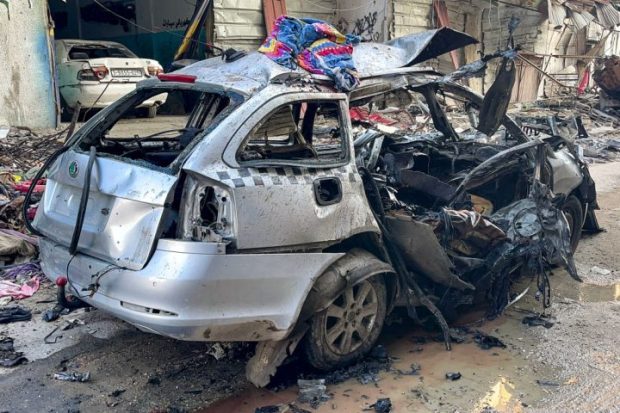Bazhou and Zhuozhou, two small cities to the south of Beijing, have been submerged in record floods since late July, when Typhoon Doksuri swept through China’s northeast.
Nearly one million people have been displaced. But this is not just a natural disaster. The region has taken more than its fair share of floodwaters. All of this is a deliberate strategy to protect Beijing, the capital, and Xiong’an New Area, a project dear to Xi Jinping’s heart.
Residents are understandably furious. Yesterday, a group of Bazhou residents took to the local government building to demand compensation, for the second time in three days. The protestors were met with pepper spray and batons. Online, the provincial party secretary has been lambasted for boasting that his region would become a ‘moat’ for the capital.
Self-sacrifice for the country’s capital, a mega-city of 22 million people, makes sense when Bazhou and Zhuozhou are small by comparison (less than a million in population). But communication and compensation have become two major problems. Many local residents had no idea that they lived in the so-called ‘flood storage areas’. One Zhuozhou woman tells the Chinese media Caixin that she was told to evacuate at 5:44a.m., but by 7:32a.m., her family and some neighbours were trapped in the first floor of her house and had to be rescued by boat. State media initially blamed the floods on rains, but has since admitted that the cities were subjected to deliberate flood diversion. Few are reassured by the government’s vague promises about compensation.
Diverting the waters into Lake Baiyangdian would mean flooding Xi’s pet project
Worst still, the one million displaced people are not only taking the hit for Beijing, but for a sparsely populated city under construction further downstream. Xi Jinping has described Xiong’an New Area as ‘a city of the future’, with plans to build a mega-city that would alleviate some of Beijing’s population pressure. Some government agencies and state-owned enterprises have already been mandated to move there. Yet it lies between the flooded cities and the largest lake in the region, which would historically take the excess floodwater. Today, diverting the waters into Lake Baiyangdian would mean flooding Xi’s pet project. Needless to say, this step hasn’t been taken yet. Wedged between Beijing and Xiong’an, China’s flooded cities are not going to recover any time soon.
Got something to add? Join the discussion and comment below.
Get 10 issues for just $10
Subscribe to The Spectator Australia today for the next 10 magazine issues, plus full online access, for just $10.




















Comments
Don't miss out
Join the conversation with other Spectator Australia readers. Subscribe to leave a comment.
SUBSCRIBEAlready a subscriber? Log in